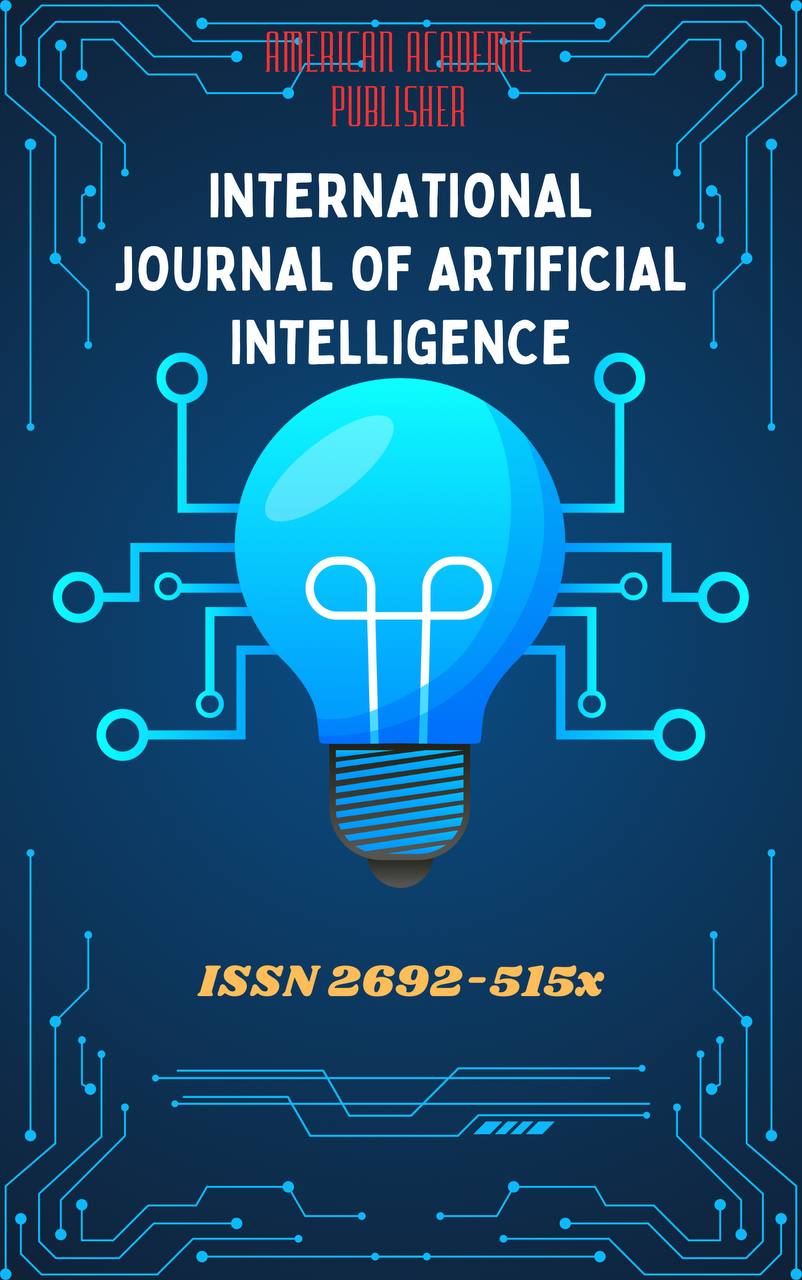 Articles
| Open Access |
Articles
| Open Access | CLINICAL, NEUROLOGICAL, AND LABORATORY FEATURES OF WILSON–KONOVALOV DISEASE IN CHILDREN
Majidova Yo.N., Solikhova S.M., Ozodboeva B.O. , Tashkent State Medical UniversityAbstract
Wilson–Konovalov disease (WCD) is a rare hereditary disorder of copper metabolism caused by mutations in the ATP7B gene. Early diagnosis in children is crucial to prevent irreversible organ damage. To investigate the clinical, neurological, and laboratory characteristics of WCD in pediatric patients.
A total of 60 children aged 5–14 years were enrolled: 30 patients with WCD (main group) and 30 healthy children (control group). Family history, cognitive functions (Wechsler scale), ophthalmological findings, biochemical parameters (serum ceruloplasmin and copper, daily urinary copper excretion), and abdominal ultrasound were assessed.
In the main group, the initial complaints were fatigue, weakness, and recurrent epistaxis. Neurological symptoms (dysarthria, dysphagia, hypomimia, affective disorders) were observed in 33.3% of children older than 10 years. Cognitive decline was identified in 13.3% of patients. Kayser–Fleischer rings were detected in 26.7% of cases. Daily urinary copper excretion exceeded 90 µg/day in 40% of affected children. Mean serum ceruloplasmin was 0.9±0.2 g/L (normal: 0.2–0.4 g/L), and total serum copper was 9.8±1.1 µmol/L (normal: 12.56–24.34 µmol/L). Abdominal ultrasound revealed hepatomegaly and gallbladder enlargement of varying degrees.
Keywords
Wilson–Konovalov disease, ATP7B, copper metabolism, pediatrics, neurology, ceruloplasmin, Kayser–Fleischer ring
References
(to be formatted according to the journal’s style guide – sample sources below)
Ala A, Walker AP, Ashkan K, Dooley JS, Schilsky ML. Wilson's disease. Lancet. 2007;369(9559):397–408.
Ferenci P. Diagnosis and current therapy of Wilson's disease. Aliment Pharmacol Ther. 2004;19(2):157–165.
Roberts EA, Schilsky ML. A practice guideline on Wilson disease. Hepatology. 2003;37(6):1475–1492.
Federal clinical guidelines for the diagnosis and treatment of Wilson-Konovalov disease (hepatolenticular dege-neration). Moscow, 2015. 71 p. (In Russ.).
2. Ivashkin V.T., Maevskaya M.V., Zharkova M.S. et al. Clinical Recommendations of the Russian Scientic
Liver Society and Russian Gastroenterological Association on Diagnosis and Treatment of Liver Fibrosis, Cirrhosis and Their Complications. Rossiiskii zhurnal gastroenterologii, gepatologii, koloproktologii = Russian Journal of Gastroenterology,
Hepatology, Coloproctology. 2021;31(6):56–102. (In Russ.) doi: 10.22416/1382-4376-2021-31-6-56-102.
3. Liver transplantation, presence of transplanted liver, from-peace and rejection of liver transplant: national clinical guidelines. Moscow, 2020. (In Russ.).
4. Luzina E.V., Emelyanova ON, Shcherbak V.A., etc. Wilson’s disease: Review of clinical guidelines, literature and own follow-up. Eksperimental’naya i klinicheskaya gastroenterologiya =
Experimental and clinical gastroenterology. 2022;203(7): 239–245. (In Russ.) doi: 10.31146/1682-8658-ecg-203-7-239-245.
5. EASL Clinical Practice Guidelines: Wilson’s disease. Journal of Hepatology. 2012;56(3):671–685. doi: 10.1016/j. jhep.2011.11.007.
Article Statistics
Downloads
Copyright License

This work is licensed under a Creative Commons Attribution 4.0 International License.

